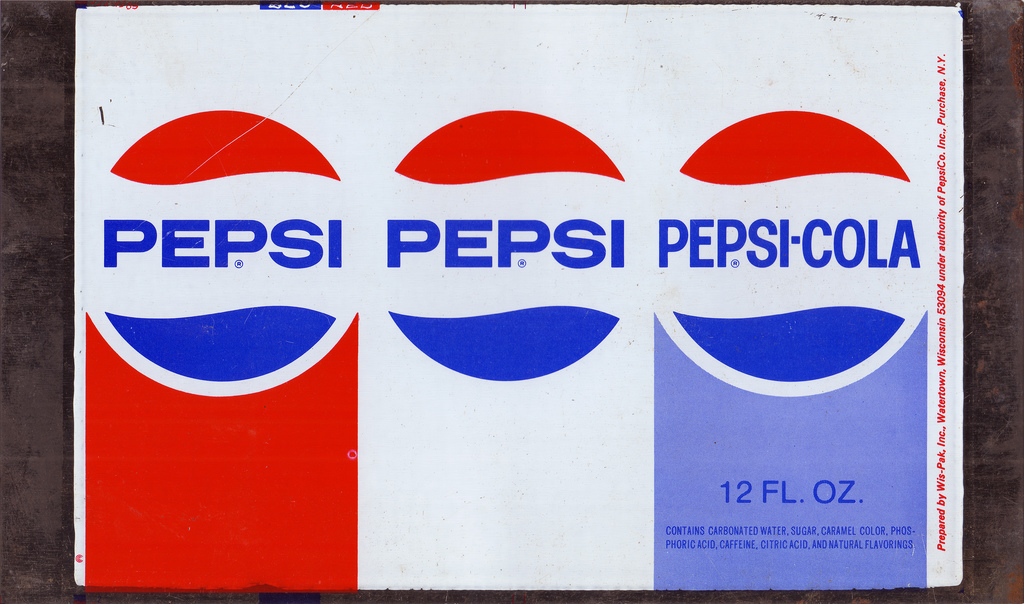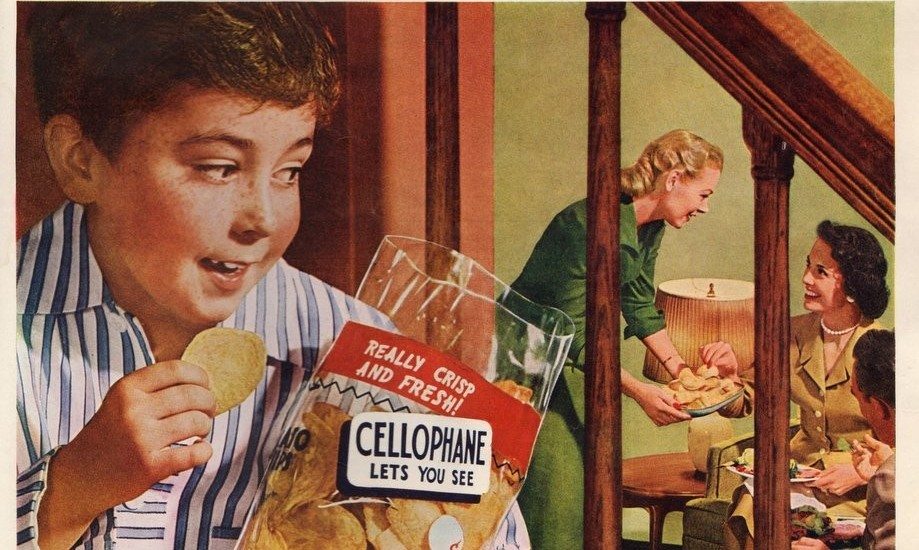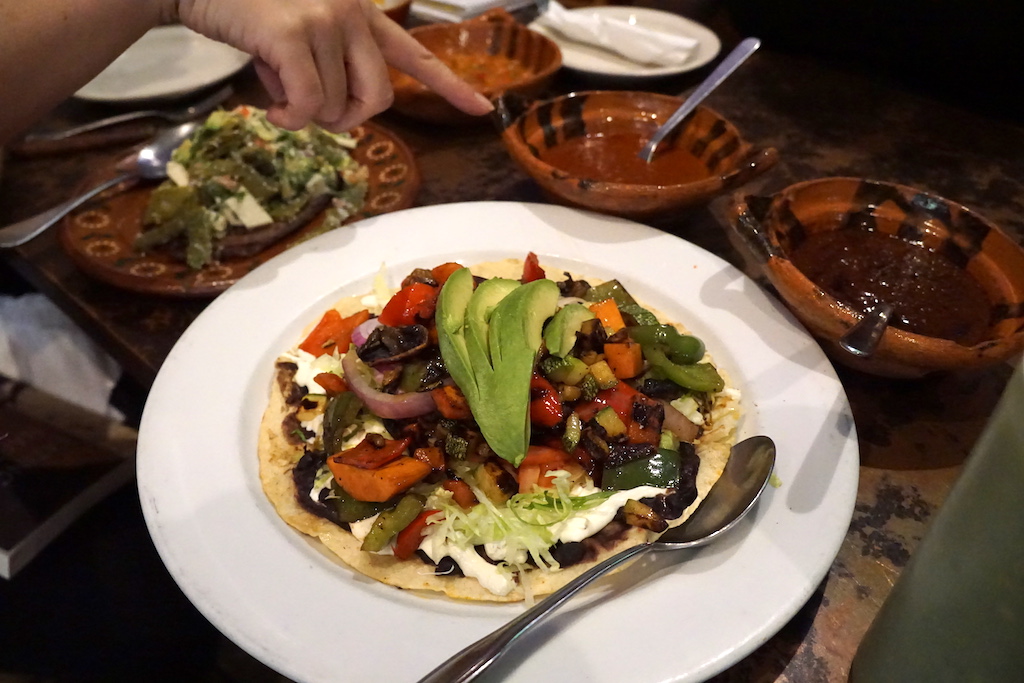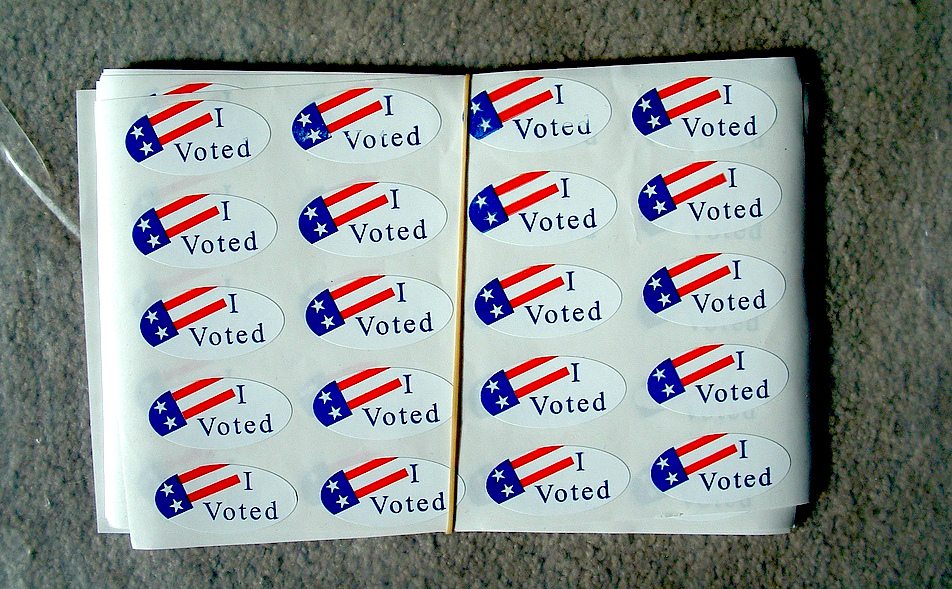
Flickr / Jason Liebig
Last summer, Coca-Cola held California hostage over soda taxes. If you haven’t encountered them—or the many debates surrounding them—soda taxes are cents-per-ounce surcharges that local governments, from San Francisco to Philadelphia, levy on “sugar-sweetened beverages.” The benefits of these taxes, while often disputed, are by now pretty evident, and twofold. First, in the matter of money: Soda taxes can add millions of dollars to cities’ coffers, and are often earmarked especially to fund public services. Second, in public health: The taxes have been shown to reduce consumption of that super-popular, super nutritionally void sugar bomb that’s linked to obesity and hundreds of thousands of deaths from diabetes, cardiovascular disease, and cancer every year in some cases by as much as 21 percent.
Since the first city, Berkeley, California, passed its soda tax in 2014, other Golden State cities have followed, including San Francisco, Oakland, and Albany. Others, like the smaller city of Richmond, were preparing to put a soda tax on the ballot during the recent midterm elections. That was until soda companies threw their considerable, multi-million-dollar weight behind a competing ballot initiative that would have made it nearly impossible for California cities to levy new taxes on anything—soda and beyond. Citing the already high state and local taxes California residents pay, the measure’s proponents said it would “allow the voters reassert their right to vote on increases in local taxes, no matter how they are labeled nor how or by whom they are proposed.”
In just four days, that bill, known officially as Assembly Bill 1838, became what public health advocates call a preemption law: a rule made by a state legislature that stops local governments like counties, cities, boards of health, and sometimes even states themselves, from enacting innovative, more ambitious laws around issues of public health.
When it comes to food, preemption laws are increasingly popular. According to a new study published in the American Journal of Preventive Medicine (AJPM), since 2008, a total of 12 states have passed laws that preempt local governments from enacting a range of food and nutrition policies meant to protect public health. (Since the study was published, California and Washington passed their own laws preempting soda taxes.) Were it not for preemption laws, cities would be free to levy soda taxes—and regulate menu labeling, calorie counts, salt content, portion sizes, and launch plenty of other targeted efforts to reduce rates of diabetes, metabolic syndrome, and other diet-related diseases.
 American Journal of Preventative Medicine
American Journal of Preventative Medicine This map shows the degree to which preemption laws have taken ahold throughout the country by state
“They’re trying to completely block any nutrition policy,” says Jennifer Pomeranz, the study’s lead author, of preemption laws’ industry backers. “All it’s doing is keeping the status quo.” Pomeranz, an attorney, leads a public health policy research lab at New York University. She has been studying preemption laws, and their impact on a range of public health and civil rights issues, for over a decade.
Federal gridlock prevents lots of public health laws from getting anywhere. When that happens, it’s up to states and municipalities to push policy through. That can sometimes make local governments seem progressive by comparison. Take, for instance, what New York City’s former Mayor Michael Bloomberg—who was at the time a Republican, and has since changed his party affiliation to Democrat—was able to achieve during his tenure in the early and mid-2000s. While his attempts to limit soda sizes, ban trans fats, add calorie counts to menus, and ban smoking indoors were often ridiculed in the press and fiercely resisted by retailers and manufacturers, public health researchers saw major, quantifiable health outcomes—even if they were just associations, not direct results. “If local governments did half of what New York City has done, we might see decreases in chronic disease, and increases in life expectancy,” Pomeranz says. “But they’re thwarted from trying.”
Now, it seems, the food industry is borrowing that strategy, both to overturn bold new laws, and to stop other cities and states from adopting them. Take what happened after New York City passed the country’s first menu labeling law, requiring chain restaurants to post their calorie counts. Since the law was enacted in 2008, studies on its effectiveness have been mixed. Some show that eaters have, in fact, ordered less and consumed fewer calories after exposure, and others show just the opposite. But the industry didn’t wait for ambivalent research results to roll in before going on the attack. Fearing that menu labeling would catch on elsewhere, local chapters of the National Restaurant Association targeted statehouses, filed lawsuits, and backed legislation, proposed by pro-business politicians, that would preempt the authority of any city, county, or board of health. The association’s first success was in Georgia, in 2008, followed by Utah, in 2009. Then, in 2010, after a bitter statehouse battle in Tennessee, the industry prevailed again. The legislature there overrode the governor’s veto of a preemption bill. That bill had been introduced specifically to quash a menu labeling regulation that Nashville’s County Board of Health had approved in 2009. The health director, Bill Paul, who was trying to lower obesity rates, had been inspired by what was happening in New York.
 Flickr / Ryan Khatam, Flickr / palemon escobio, Flickr / Classic Film
Flickr / Ryan Khatam, Flickr / palemon escobio, Flickr / Classic Film In the 1970’s, Big Tobacco used preemption laws to quash local anti-smoking laws. The gun lobby followed in its footsteps. Now, big food lobbies are, as well
“The industry can exert more influence at the state level than the local level,” Aoki says. “They have paid lobbyists who are there with legislators. They have that influence there. State legislators are hearing from them a lot—warm feelings, good relationships, getting information from those sources. I’m not sure sure that state legislators are thinking of consciously quashing the will of people, but they’re hearing arguments from the industry about why preemption is good in this area.”
When it comes to food, those arguments typically fall into one of two categories. There’s the “personal responsibility” argument—that what you eat is your individual choice, and you have the freedom to decide how you feed yourself and your family. If kids are at an unhealthy weight, the logic goes, it’s parents who are responsible, not the government. Then there’s the anti-growth argument—that a patchwork of regulations across the country have made certain areas unworkable for businesses, or is driving others out of town.
“Those voices will be coming in loud and clear,” Aoki says. “It’s much harder for the everyday citizen in a town, or in a city or county, to have that conversation, with that intensity, with their state legislators.” Other public health advocates say that, since Citizens United—the 2010 Supreme Court decision that deemed unconstitutional a federal law restricting corporate money in politics—lawmakers’ receptivity to industry desires has only grown.
But some of those ambitious, local, pro-public health laws do have a way of catching on at the federal level. Years after states began outlawing menu labeling, mandatory calorie counts have become national law. The Food and Drug Administration (FDA)—the agency in charge of 70 percent of the country’s food supply—describes them as key to reducing calorie intake, and thus, lowering obesity rates. It’s easy to think of the preemptions in Georgia, Utah, and Tennessee as failures if federal law usurped them. But Aoki says that a labeling act passed at the national level is often not as strong, and doesn’t do as much to meet the specific health needs of a particular place, as some of the laws that were already on the books in cities.
Philadelphia, for instance, wanted to include sodium disclosures in its labeling law, in response to research that showed high rates of heart disease and hypertension in its population. In New York, a city with more than 30,000 restaurants, the menu labeling requirements apply to chains with 15 or more locations, holding a bigger slice of the industry accountable than the federal requirement, which applies to chains with 20 or more. Aoki says that “being able to do that kind of tailoring, for your community’s specific health needs, was taken away” by state preemption laws.
“That entrenches health disparities, because you’re doing a one-size-fits-all approach for a problem that is not one size fits all,” she says.
Pomeranz, the author of the AJPM study, says there’s another concern here, and it’s much bigger than food. Preemption laws could herald the end of what Supreme Court Justice Louis Brandeis famously described in 1932 as “laboratories of democracy,” that is, states serving as workshops where bold, experimental policy ideas are tested before moving on to Washington.
Local innovations are “how democracy is supposed to work,” Pomeranz says.
Preemption laws, on the other hand, are a complete inversion of that metaphor. They emerge from the notion that states aren’t workshops at all, but are instead places where regulatory overreach can be identified, constrained, and ultimately neutered.










